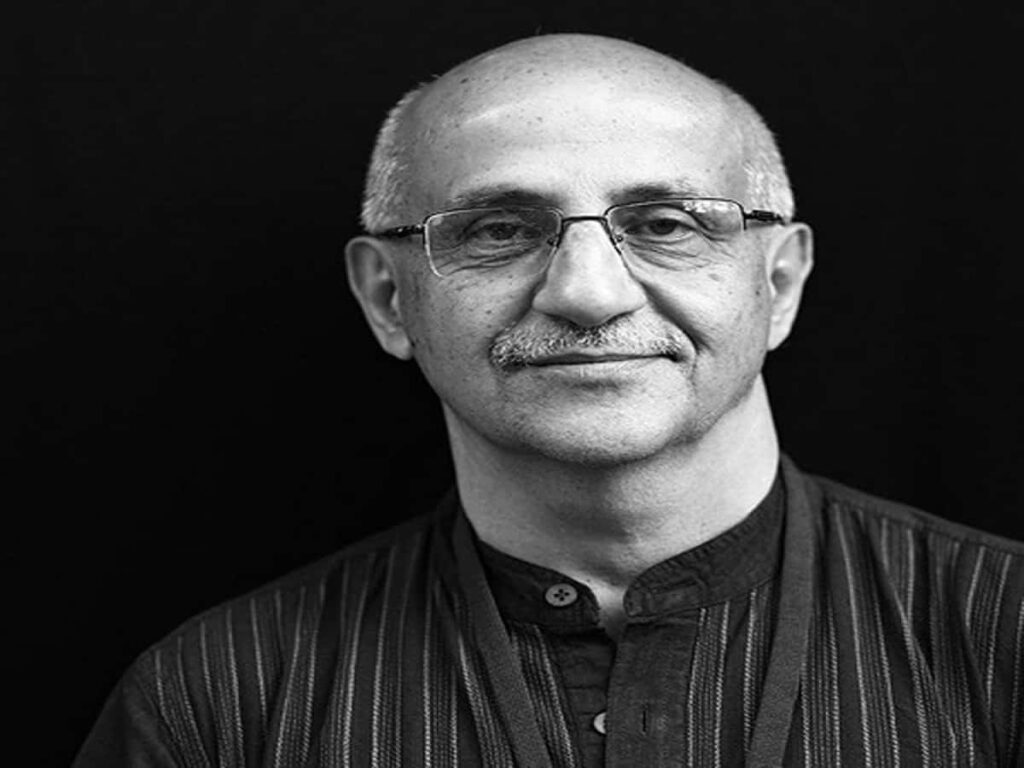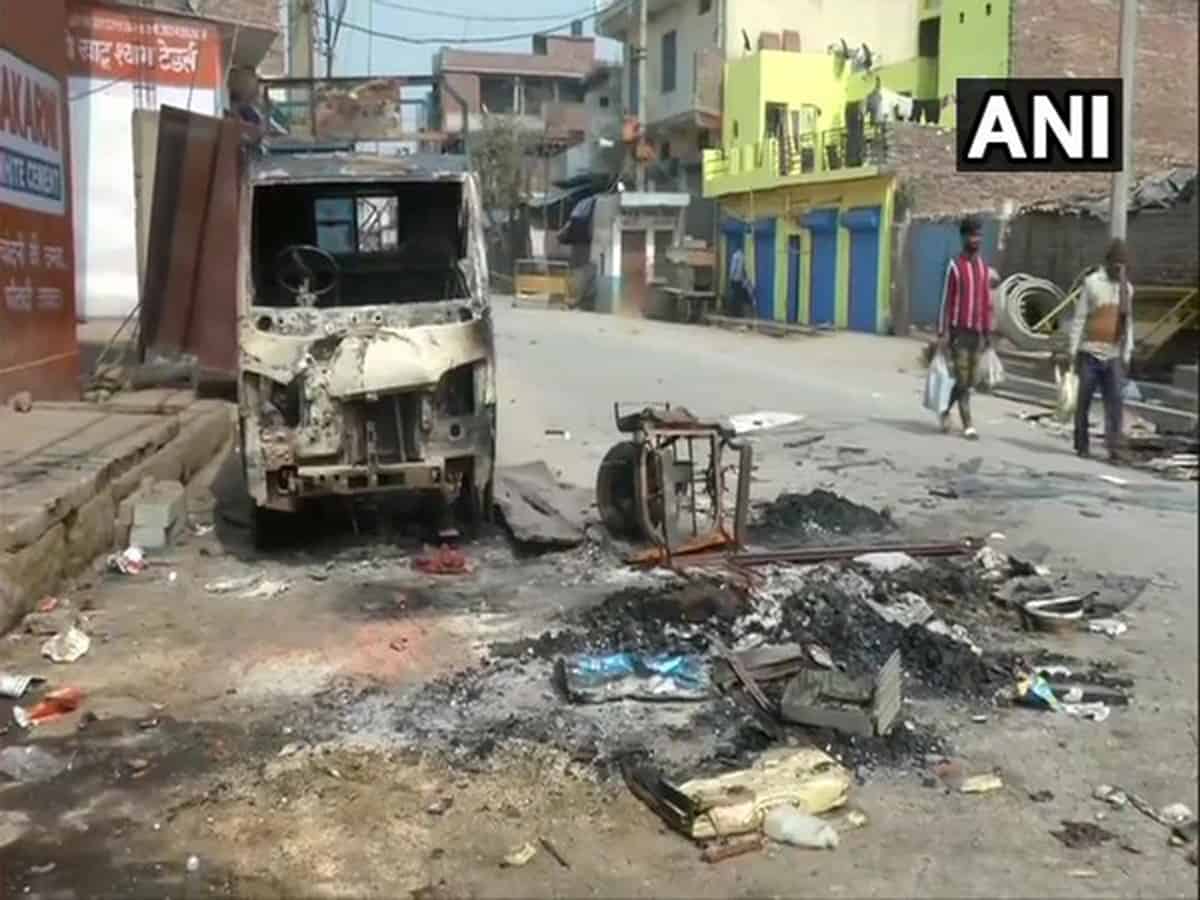
By Harsh Mander
Two dramatically contrasting narratives have been floated about what, during the third week of February in north-east Delhi, ignited the fires of the largest outbreak of Hindu-Muslim violence in Delhi since Partition.
The version of the Delhi Police — and of the Union home ministry which controls it — is elaborated in their affidavit to the Delhi High Court, responding to a petition by this writer seeking action against those whose hate speeches had incited violence. The police allege that the episodes of violence were “not instigated in a spur of moment (sic)… but were carefully engineered by mischievous elements… who, in pursuit of their motivated agendas, instilled a false fear and panic in the minds of a section of society and provoked/instigated them to take law and order in their hands and resort to violence”. The protesters, according to the Delhi Police, sought to “execute a secessionist movement in the country by propagating an armed rebellion” in which “the anti-government feelings of the Muslims will be used at an appropriate time to destabilise the government.”
There are many interwoven strands in this official version. The first relates to the nature of the protests against the triad of the Citizenship Amendment Act, the National Register of Citizens and the National Population Register. The police take a political view that objections mounted by protesters were not only unfounded but also mischievous, aimed at fostering fear and panic among Indian Muslims. They suggest that Muslims were misled by leaders of the movement who deliberately misinterpreted the benign changes in the citizenship regime as targeting Indian Muslims. They regard the movement to be a conspiracy against the Union government and the nation. They do not accept that the movement was decentralised, leaderless, spontaneous and mostly peaceful. They claim that its recurring language of peace, non-violence and constitutionalism was a facade for a sinister secessionist plan to stoke communal violence, especially when President Donald Trump was visiting India, to discredit the Narendra Modi government and the nation before world public opinion, and ultimately to mount an armed rebellion to overthrow the elected government. And they affirm that the Delhi police acted with restraint, fairness and firmness.
This narrative is repeated, sometimes using identical language, in charge-sheets filed by the Delhi Police; also in statements of the BJP leadership; and in reports and books of several individuals and groups sympathetic to the BJP-RSS, and of the National Human Rights Commission. There are also selective leaks of statements before the police (which are inadmissible as evidence) to sympathetic sections of the media, claiming that respected intellectuals like Professor Apoorvanand and younger activists like Umar Khalid incited and organised Muslim women to riot.
DMC
Only one official report tells an entirely different story. This is of the Delhi Minorities Commission (DMC). It may not be a coincidence that the Delhi Police filed a sedition charge against the chairperson of the DMC based on some of his tweets. The DMC agrees with the Delhi Police that the communal violence was the result of a conspiracy. It also traces the origins of the violence to a chronology dating back two months, when protests against the CAA-NRC started in Jamia Millia Islamia. But it sees an entirely different conspiracy, one which was “seemingly planned and directed to teach a lesson to a certain community (read Muslims) which dared to protest against a discriminatory law”. The DMC report dubs the CAA as discriminatory, and asserts the right and acknowledges the agency of Muslims to protest, affirming that they were not merely misled into protesting by false representations of the law. It underlines that most protests were peaceful. It holds guilty for the violence leaders of the BJP who created a climate of hate through their speeches during the Delhi elections, including by the Union Home Minister, and “the incendiary threats and ultimatum of one Kapil Mishra”.
The report also censures the Delhi Police both for “supporting the rioters, hitting people and damaging properties and CCTV cameras”, and for attempts to “shield the planners, instigators, leaders and perpetrators of the violence and turn the victims into culprits”. Through their charge-sheets against the Muslim accused, the police have “changed the entire narrative… to one of violence on both sides rather than a pogrom that was in fact carried out.”
Government’s data
The government’s own data reveals that 77 per cent of the civilians killed were Muslim, 85-95 per cent of the properties damaged were Muslim, and only Muslim shrines were desecrated. The police does not explain that if indeed the violence was pre-planned by those opposed to the CAA (read Muslims), why was the “spontaneous” violence by those supporting the law and opposed to the sit-ins (read Hindus) so much more deadly?
The Muslim victim-survivors of the February carnage are convinced that they were punished for protesting the new citizenship regime which discriminates against them because of their religious identity. Many testify that when rioters, and sometimes the police, assaulted them, they taunted them often with these words: Here, take your azadi.
Azadi had become a defining rallying call of the anti-CAA protests. This was the azadi, or freedom, promised in the constitution — liberty of thought, expression, belief, faith and worship. Those young people who organised the protests, bearing portraits of Gandhi in one hand and Ambedkar in the other, are today being summoned and interrogated by the police, and jailed without bail as rioters, conspirators and secessionists.
While rejecting her bail plea, a judge of the Delhi High Court reprimanded one young activist. “When you choose to play with embers”, he admonished her, “you cannot blame the wind”.
Threats of arrest
As threats of arrest and incarceration on charges of secession and armed rebellion shroud young dissenting voices, who will ask: “Who lit these embers? Who stoked the wind?”
Today, it may appear that the calls for azadi are silenced. There is no reverential mass reading of the preamble of the Constitution, no waving of the national flag as an icon of equal citizenship, no claiming of the national anthem as a hymn of protest.
Young people and working-class Muslim women fought for the defence of what was finest in our freedom struggle, in defence of the pledges of our Constitution. Many of us followed in their footsteps. I am convinced that the government, even by criminalising our peaceful protests, will not succeed in crushing dissent. It will never silence our voices, nor weaken our resolve, to build India into a country which is kind, equal and just.
Mander is a human rights worker and writer

